The Hubble Space Telescope is reaching the end of its long and successful campaign as the eyes for NASA researchers for the last 25 years. It will be replaced by the recently completed James Webb Space Telescope, named after NASA’s second administrator.
The Hubble Space Telescope: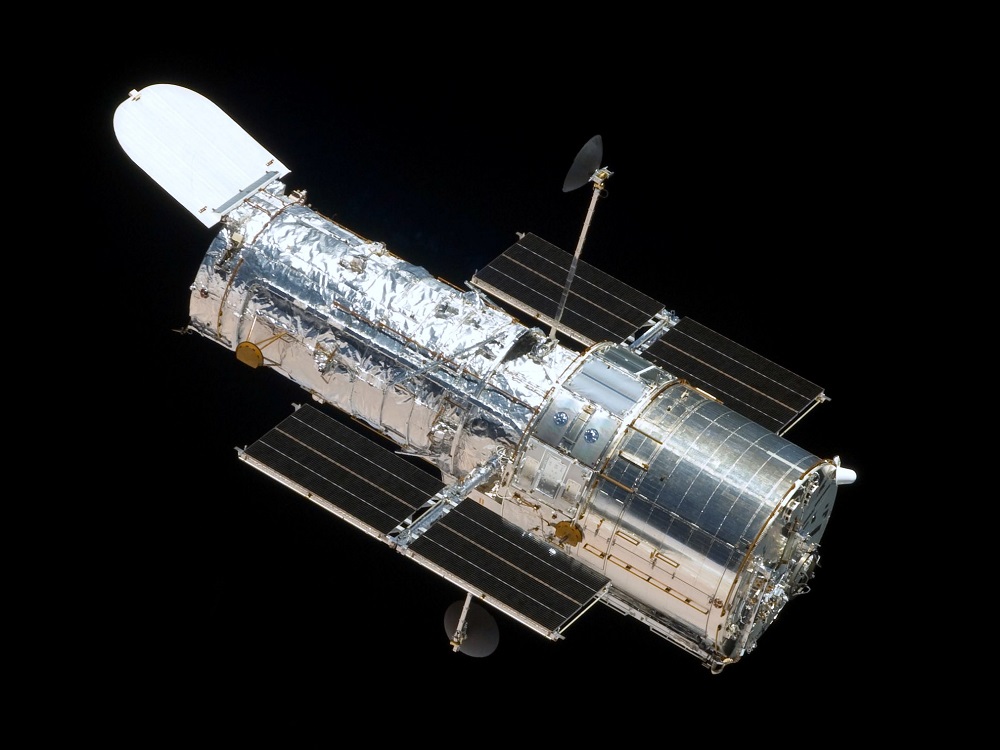
The James Webb Space Telescope:
The Hubble’s successor is expected to provide greater insight about not only the depths of space, but the humble beginnings of nearby galaxies. If you’re unfamiliar with the James Webb Space Telescope, the following are seven brief things to know about it:
1. It’s enormous.
The James Webb Space Telescope is three stories high and the size of a tennis court, making it the largest telescope ever sent into space. In fact, it is so big it has to be folded in order to fit into a rocket that is 5.5 meters wide; it’ll then unfold segment by segment once in space.
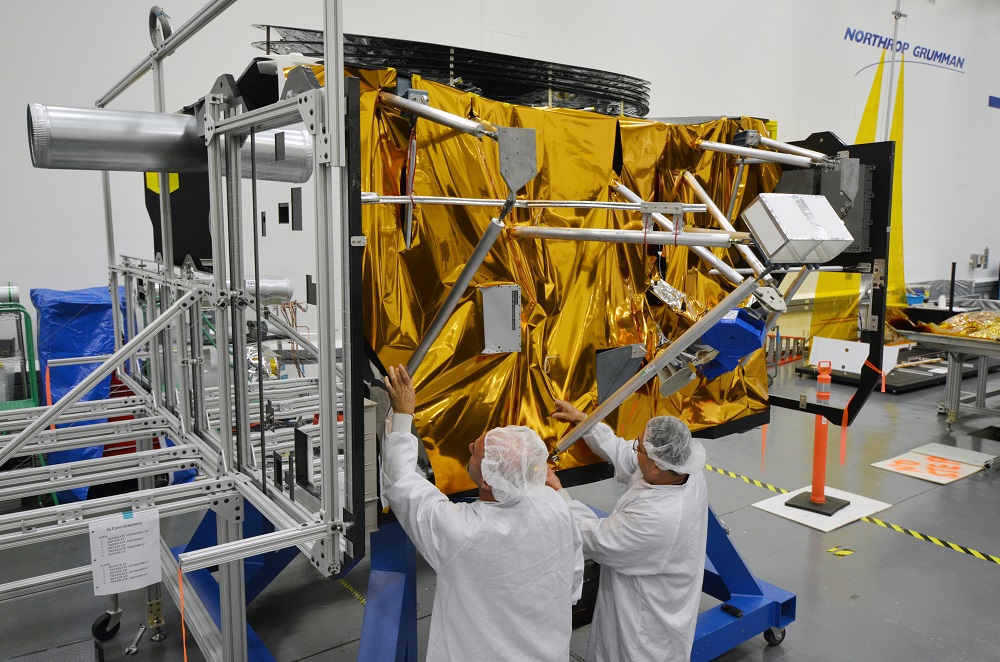
Construction of the telescope was completed at a total cost of $8.8 billion.
2. The James Webb Space Telescope is 100 times more powerful and can collect seven times more light than the Hubble telescope.
The Telescope features an incredibly expansive, super thin gold-coated mirror array on it. The gold itself is about 1000 atoms thick and is included as a means for optimizing reflectivity in the infrared spectrum.
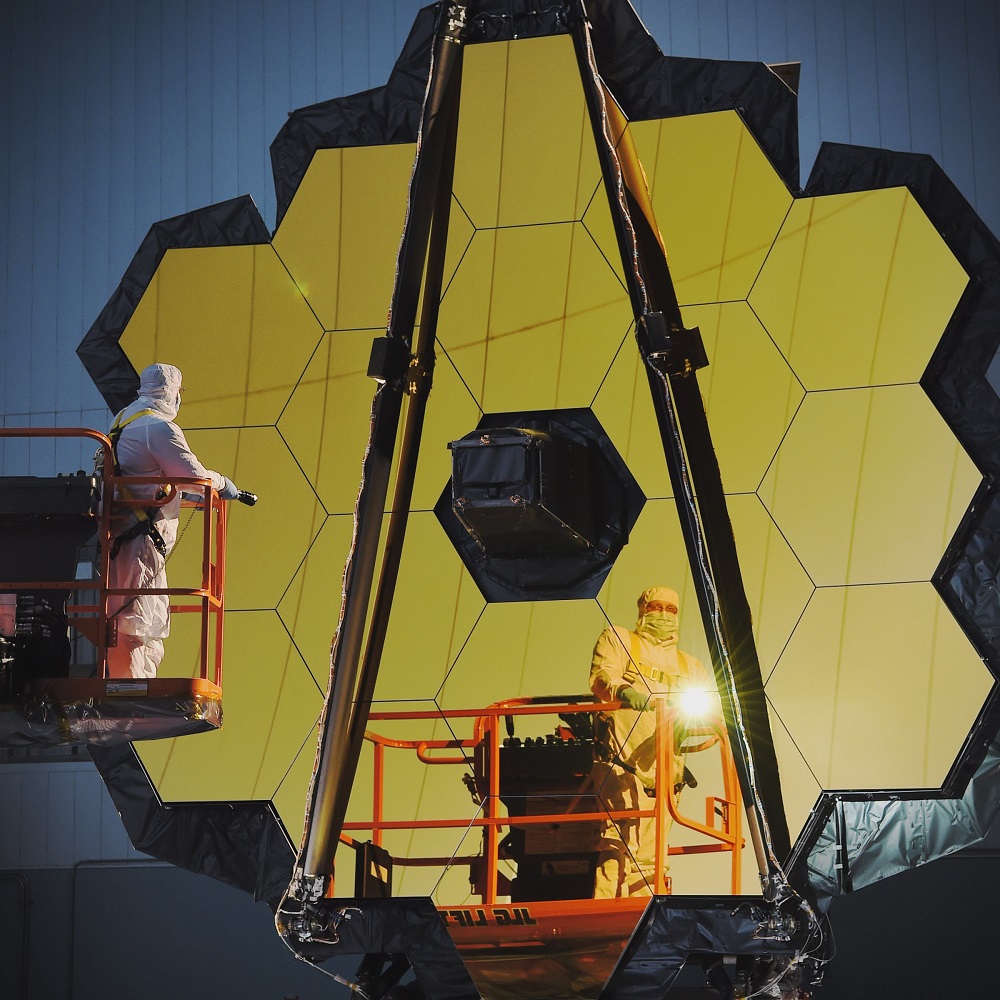
To this regard, the infrared cameras are so sensitive that they must block light from the Sun, Earth, and Moon in order to effectively collect data. The five-layer sunshield tasked with this endeavor is equivalent to sunblock of SPF 1 million.
3. It will be used to search for habitable exoplanets.
The James Webb Space Telescope will orbit the sun one million miles away from Earth. Scientists from all over the world will use it to take a deeper look into space, so as to better understand how galaxies are born, and come to expire.
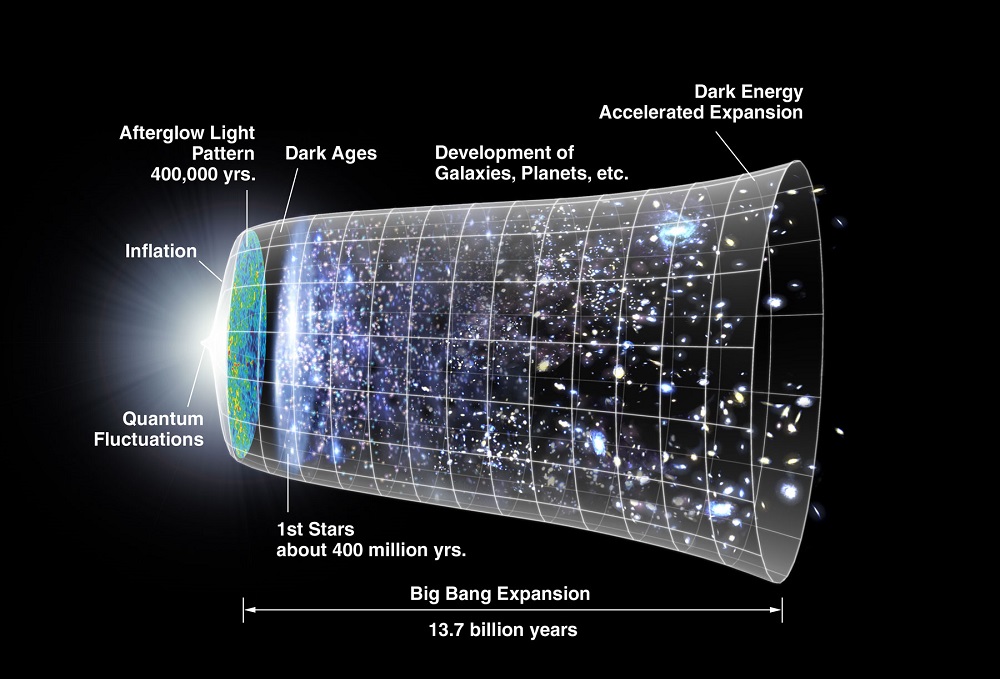
It will also be used to search for habitable exoplanets. “We'd like to know if another planet out there has enough water to have an ocean, and we think we can do that,” says project scientist John Mather.
To put the Telescope’s chances of success with into perspective, the aforementioned gold-plated mirror on the Telescope has been measured to theoretically have enough power to detect a bumblebee on the moon.
4. It needs to be cold in order to be effective.
The telescope itself is specially designed to operate under super-cool conditions; specifically, -220 degrees Celsius, which is 50 degrees above absolute zero.
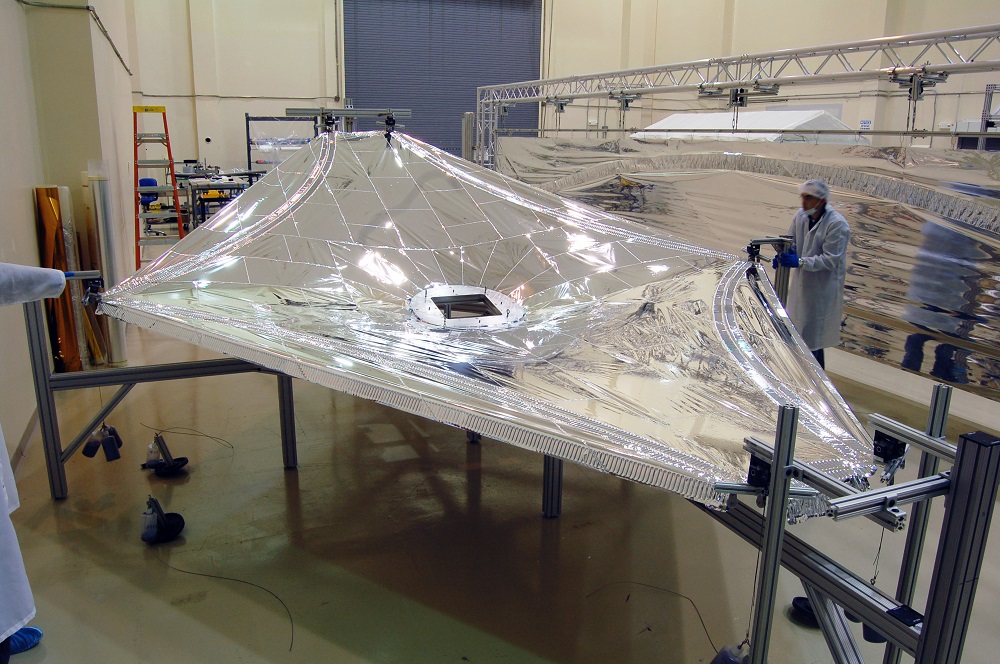
In order to achieve this in space, the five-layer sunshield is specially designed to not only block sunlight from hitting the Telescope’s infrared cameras, but also insulate it. Worth noting is the effectiveness of the layer’s design—each membrane layer is about as thick as a piece of human hair.
5. The construction of the James Webb Space Telescope has been a collective, international mission.
The James Webb Space Telescope is the result of a collaboration between NASA, the European Space Agency, and Canadian Space Agency.
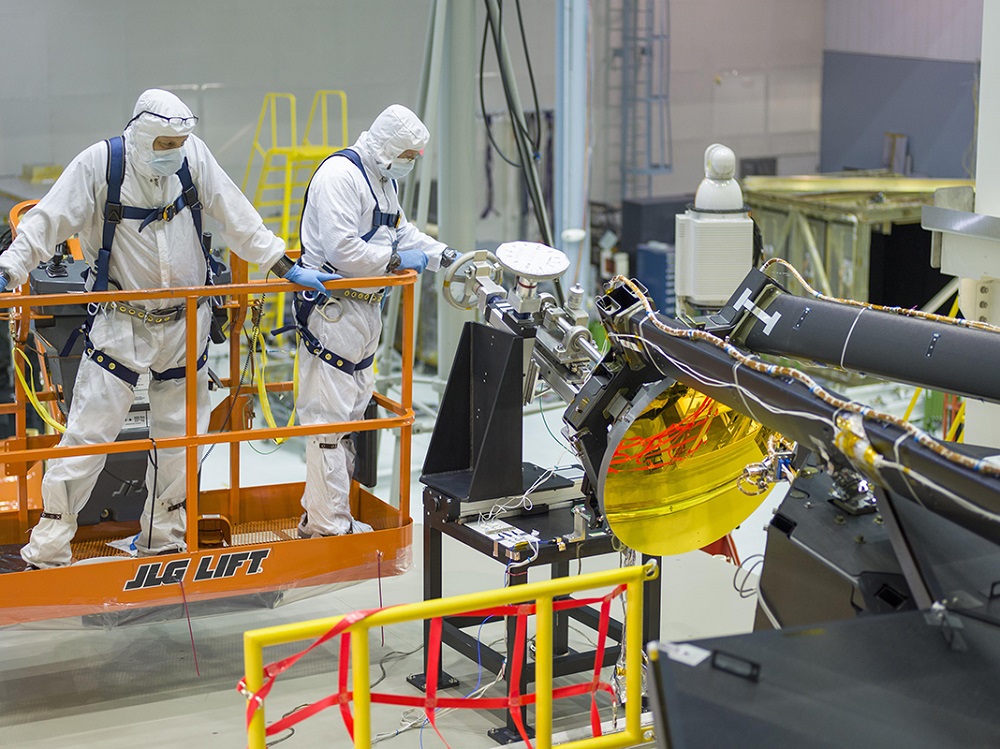
6. Scientists are now going to push it to its limits.
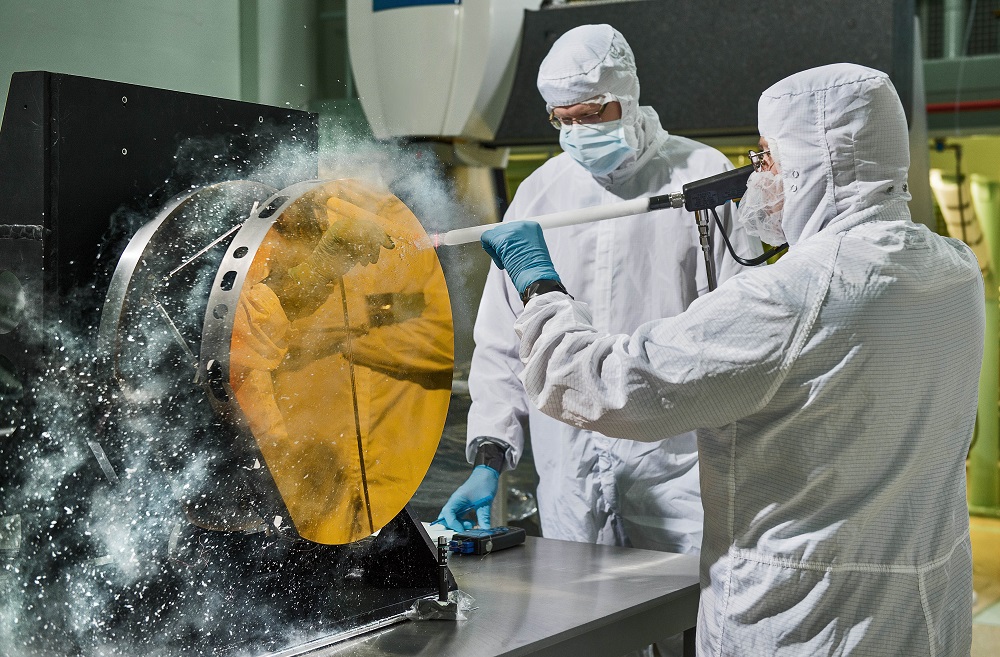
The Webb team will now begin a series of tests on the Telescope, to confirm it will avoid the problems Hubble experienced. This includes rattling the device and blasting it with 150 decibels of noise to simulate launch conditions. It’ll also under cryogenic testing to confirm it’s able to survive the extreme temperatures of space. Finally, it’ll undergo performance tests to assure researchers it has no Hubble-like optical defects.
7. It will launch October 2018.
The James Webb mission is scheduled for October 2018, with launch taking place in French Guiana (near the equator).
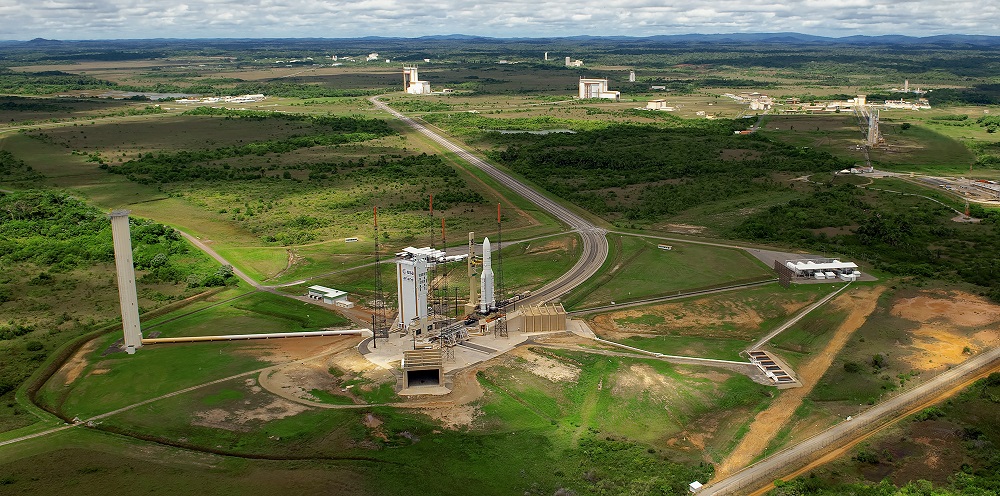
The location is specific because the faster spin on Earth will give the rocket an extra push out into space.
It’ll launch via the European Space Agency’s Ariane 5 rocket, and then embark on a 30-day, one-million-mile trip to its set up location in Space, the second Lagrange point. On its way, the Telescope will deploy its antenna, sunshield, secondary mirror, and primary mirror wings.
The first photos sent back will likely be that of a bright star or star field; should these images arrive back here on Earth, the launch will be considered a success.
Via Engadget
Advertisement
Learn more about Electronic Products Magazine





